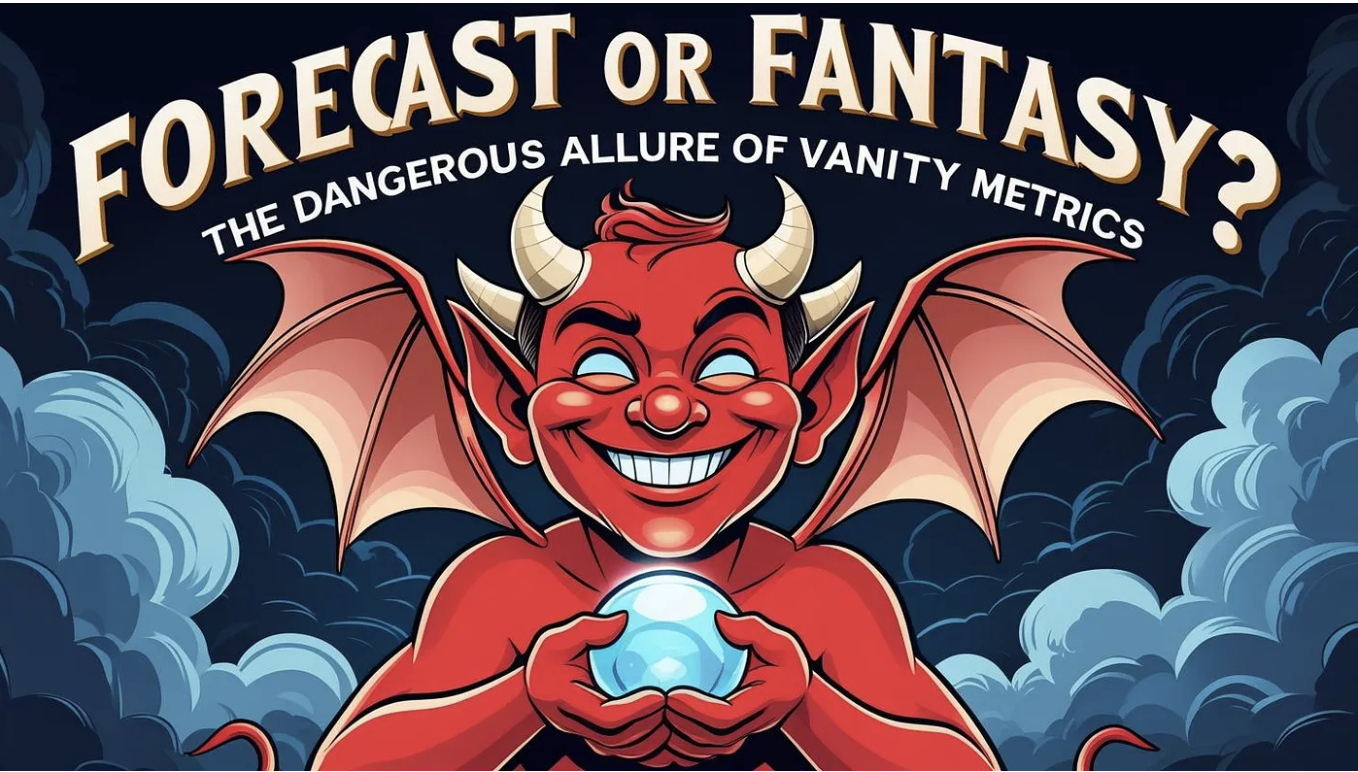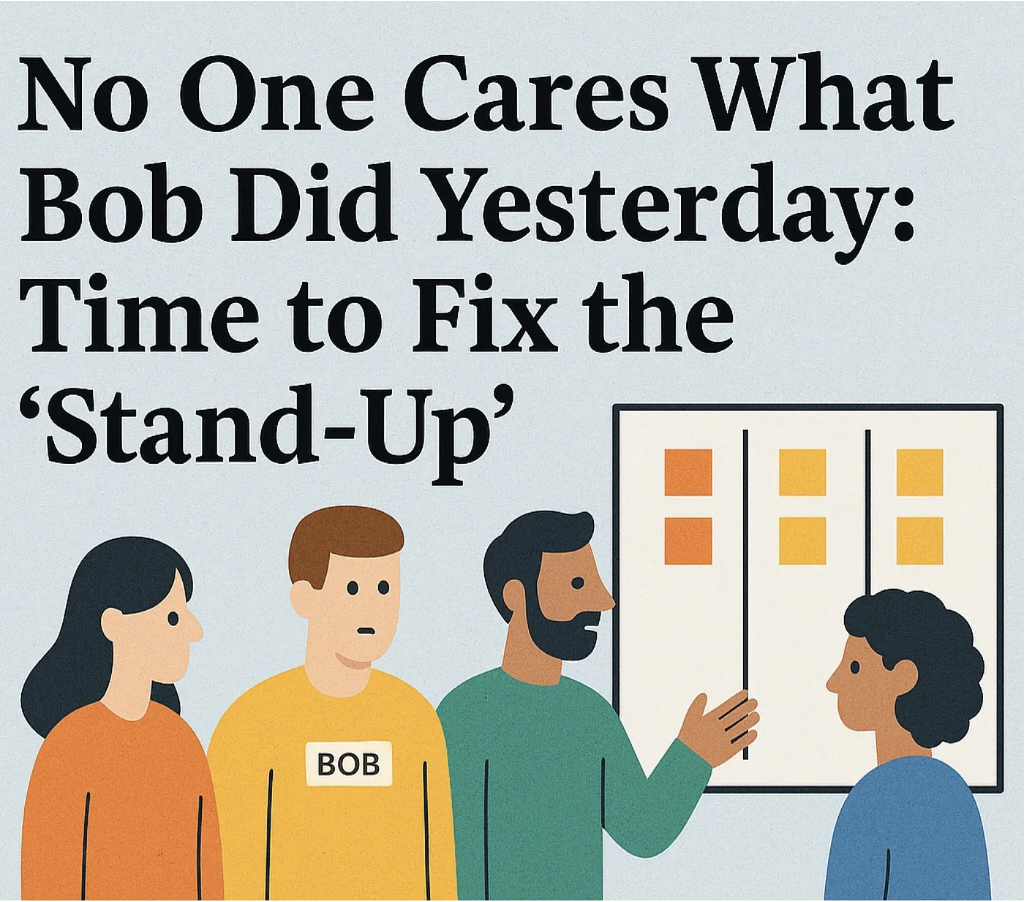The Advent of Kanban Bringing a New Era in Value Delivery

Discover how the shift from traditional project management to Professional Kanban revolutionizes value delivery in Agile environments.
Kanban vs. Scrum: Which Is for Me?
As technology and market dynamics evolve rapidly, the need for agile project delivery approaches that produce value more efficiently has become apparent. Agile frameworks like Scrum have made significant strides in this arena, but the increasing interest in Professional Kanban heralds a new era in value delivery. Understanding the difference between Scrum and Kanban can illuminate how Kanban may offer an edge in specific scenarios.
Understanding the Scrum vs. Kanban Debate
Scrum and Kanban are popular Agile practices often positioned against each other in the “Scrum vs. Kanban” debate. However, the key is understanding the difference between Kanban and Scrum and determining which approach suits your team’s needs best. It is possible that the answer may not be one or another but a combination of both.
Scrum operates in set iterations called sprints, focusing on delivering potentially shippable increments of work. It encourages learning loops for quick feedback integration and has specific accountabilities, artifacts, and events to facilitate continuous improvement and value delivery.
On the other hand, Kanban visualizes work, limits work-in-progress, and optimizes efficiency or flow. Kanban teams aim to reduce the time a project or user story takes from start to finish using a Kanban board, to track start and completion times along with days item aging to improve their workflow continually.
The Shift from Scrum to Kanban
The shift from Scrum to Kanban often reflects the changing needs of project teams. While Scrum is excellent for teams that need a structured approach and benefit from regular reflection and adaptation, Kanban offers more flexibility and is perfect for teams dealing with numerous incoming requests that do not arrive at a predictable rate.
Kanban’s emphasis on visualizing work, managing flow, and limiting work in progress can aid teams in delivering value more rapidly and smoothly. A team’s policies help balance demand against throughput and spot bottlenecks early.
Introducing Professional Kanban has brought more focus to delivering value efficiently and sustainably, enhancing how teams operate in any environment.
Exploring the Benefits of Professional Kanban
Professional Kanban’s most significant advantage is its ability to improve workflow and enhance value delivery without changing your existing Scrum workflow. It effectively amplifies the benefits of Scrum by leveraging a pull-based system and limitation of work-in-progress, thus reducing wasted time and increasing efficiency.
Introducing a Kanban board and team policies can do wonders for team visibility, enhancing the understanding of work status and identifying potential bottlenecks. Focusing on continuous improvement and implementing changes gradually allows teams to adapt at their own pace and grow sustainably.
Applying Kanban practices to Professional Scrum also offers significant flexibility in the face of changing customer demands. As customer needs evolve, the responsiveness of the Kanban system allows teams to adjust their priorities accordingly. It promotes a culture of “stop starting, start finishing,” ensuring a continuous flow of value delivery.
Future of Value Delivery: The Synergy of Scrum and Kanban
As the business landscape becomes more dynamic and complex, the demand for efficient project management methodologies will continue to rise. Integrating Scrum and Kanban represents a significant evolution in this direction, offering a sustainable path forward for teams.
With Professional Scrum with Kanban, the future of project delivery is no longer about Scrum vs. Kanban. Instead, it’s about using the best of both approaches to maximize value delivery.


